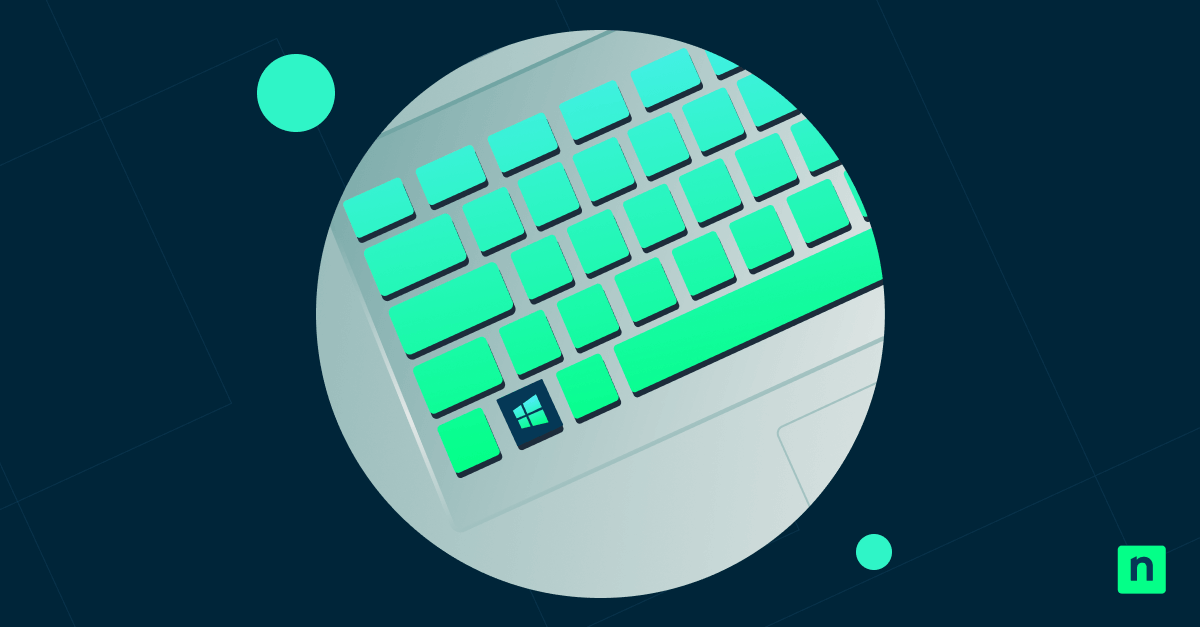A user agent string identifies your browser and device type and sends that information to all the websites you visit so they can optimize the content they deliver. You can change the user agent in Microsoft Edge. Doing so can help you test your web development projects in different environments, ensuring that the websites are optimized for them.
Changing the user agent can also help with troubleshooting. By switching between different user agents and testing in various environments, you can more easily pinpoint issues and understand how problems are related to specific browsers or devices.
A guide to changing the user agent in Microsoft Edge
You can change the user agent of Microsoft Edge using the browser’s developer tools. However, this will only last per session and will reset once you refresh the tab. If you use a command line and a Microsoft Edge shortcut, the setting will persist as long as you use that specific shortcut. You can also use Microsoft Edge extensions for prolonged testing sessions.
Prerequisites before getting started
- You won’t need administrator access to change the user agent through the Microsoft Developer tools.
- If you want to use command line, you may need administrator privileges. To check if you have the necessary permissions, open the Start Menu > Settings > Accounts. The word “Administrator” should be printed under your username.
- Changing the user agent may affect how a website functions or behaves.
Method 1: Change user agent via Developer Tools (temporary)
This temporary solution only applies to the current tab and session. It will reset if you refresh the tab or end the session.
- Open the Start Menu > Microsoft Edge.
- Press Ctrl+Shift+I to open Developer Tools.
- Click the + sign in the toolbar.
![]()
- Select Network conditions.
- Uncheck Use browser default.
- Choose your preferred user agent from the Custom dropdown menu. Alternatively, you can type a custom string in the input field.
Method 2: Use a Command-Line argument to set the user agent (persistent per Session)
This method will persist as long as you access Microsoft Edge through the browser you created. If you delete the shortcut, you will have to recreate it. If you want to have multiple user agent environments, you will also need separate shortcuts and command-line arguments for each one.
- Go to the Desktop and find the Microsoft Edge shortcut. If there is no Microsoft Edge shortcut on the Desktop, follow these steps to create one:
- Right-click on the Desktop > New > Shortcut.
- Select Browse, and find Microsoft Edge in the provided options.
- Click Next.
- Type a name for the shortcut or leave it as is.
- Select Finish.
- Right-click on the Microsoft Edge shortcut > Properties.
- Under the Shortcut tab, find the Target section and append the following to the existing text: –user-agent=”[YourCustomUserAgentString]”
- Click Apply > OK.
- Launch Microsoft Edge using that extension to use that user agent.
Method 3: Use extensions for persistent custom user agents
This method is the most user-friendly option and is ideal for prolonged testing.
- Go to the Microsoft Edge Add-Ons Store.
- Install a user agent switcher extension like User-Agent Switcher or User-Agent Switcher and Manager.
- Click the Extension icon in the address bar.Alternatively, click the • • • More options icon > Extensions.

- Select the user agent extension you installed and use the UI to set a permanent or site-specific user agent override.
Additional considerations
- Using the Microsoft Edge developer tools or the command line is a temporary solution. You will have to repeat them per user session, or if you delete the shortcut.
- Some websites may not function properly if you use a custom user agent.
- Changing the user agent may help bypass basic platform filtering, but it won’t work on more sophisticated detection methods, such as ones based on JavaScript.
- If you want to automate the process in an enterprise setting, you can launch remote commands automatically whenever a user opens their Microsoft Edge browser.
What is a user agent?
A user agent is a string of text describing the web browser and operating system you’re using to access the Internet. The browser sends this information to every website you visit to help these sites deliver optimized content for your specific user experience.
Why change the user agent?
One of the primary reasons users may want to change Microsoft Edge’s user agent is for web development testing. You can test how a website behaves in different environments, even if you’re using Microsoft Edge. You can use this to troubleshoot on different platforms as well, a big help in ensuring that the site is properly optimized and accessible to all your users.
Changing the user agent can also help you access platform-restricted content. For example, some websites may only be accessible through a phone. Changing the user agent may help bypass that restriction in such cases.
Test out different web environments as you change the user agent in Microsoft Edge in Windows 11
There are many ways to change the user agent in Microsoft Edge. You can do it using the browser’s native developer tools; however, this method only applies per user and will reset every time a tab refreshes. You can also take advantage of the command line and shortcuts to create a specific Microsoft Edge shortcut that will launch the browser with your chosen user agent. Using a Microsoft Edge extension is the most user-friendly and convenient option, though, especially for prolonged testing.
Learning to change the user agent in Microsoft Edge will help you test your web development projects in different browsers and device environments, ensuring your sites are optimized for different users. It can also be used in troubleshooting, helping you pinpoint the issue and where it’s happening. However, when changing the user agent to access content locked to specific devices, it’s important to note that changing it may not always be effective. It may be enough to get around basic platform filtering, but it may not be effective against more sophisticated detection methods, such as ones based on JavaScript.








